Portrait of Cosimo III de’ Medici, Grand Duke of Tuscany, in Armour
Oil on canvas, dating from the late 17th to the early 18th century.
Original period frame in carved and gilded wood.
Cm 95 x 73 with frame
Cm 73 x 51,5 without frame
This portrait depicts Cosimo III de’ Medici (Florence, 14 August 1642 – Florence, 31 October 1723), son of Ferdinando II de’ Medici, Grand Duke of Tuscany, and Vittoria della Rovere, the last descendant of the Dukes of Urbino. He ruled Tuscany from 1670 until his death, for over fifty years. Deeply pious and austere, Cosimo is shown here in ceremonial armour, his proud posture and composed expression affirming dynastic dignity through visual language tied to the Medici’s courtly and chivalric tradition.
The painting is likely attributable to Pietro (Pier) Dandini (Florence, 1646 – 1712), official painter at the Medici court. Between 1699 and 1701, Dandini received several prestigious commissions from Cosimo III, including frescoes at Villa Feroni in Borgo a Buggiano, the decoration of the dome of the Cappella Maggiore in Santa Maria Maddalena de’ Pazzi (Florence), and at least one other known portrait of Cosimo III, now in the Palazzo Comunale in Prato. The refined handling of metallic surfaces and the formal structure of the present work align closely with that body of work.
Cosimo was married to Marguerite Louise d’Orléans (Blois, 1645 – Paris, 1721), first cousin of Louis XIV of France. From the outset, the French princess clashed with the rigidity of the Florentine court. Spirited and fond of luxury, she demanded the grand ducal jewels, refused to conform to court etiquette, and made repeated escape attempts. After their official separation in 1675, she returned to Paris and lived freely between convents and salons, maintaining a provocative and unconventional lifestyle that caused further scandal, even at Versailles.
The couple had three children: Ferdinando, Anna Maria Luisa, and Gian Gastone. None produced heirs. With Gian Gastone’s death in 1737, the Medici grand ducal line came to an end.
This portrait holds emblematic value. It offers the image of a long-reigning and devout sovereign who, sensing the fragility of his dynasty, chose to assert its dignity through the solemnity of painted image. At the same time, it subtly recalls the discord between religious austerity and the libertine French spirit embodied by his wife. A visual document from the final chapter of one of early modern Europe’s most influential dynasties.


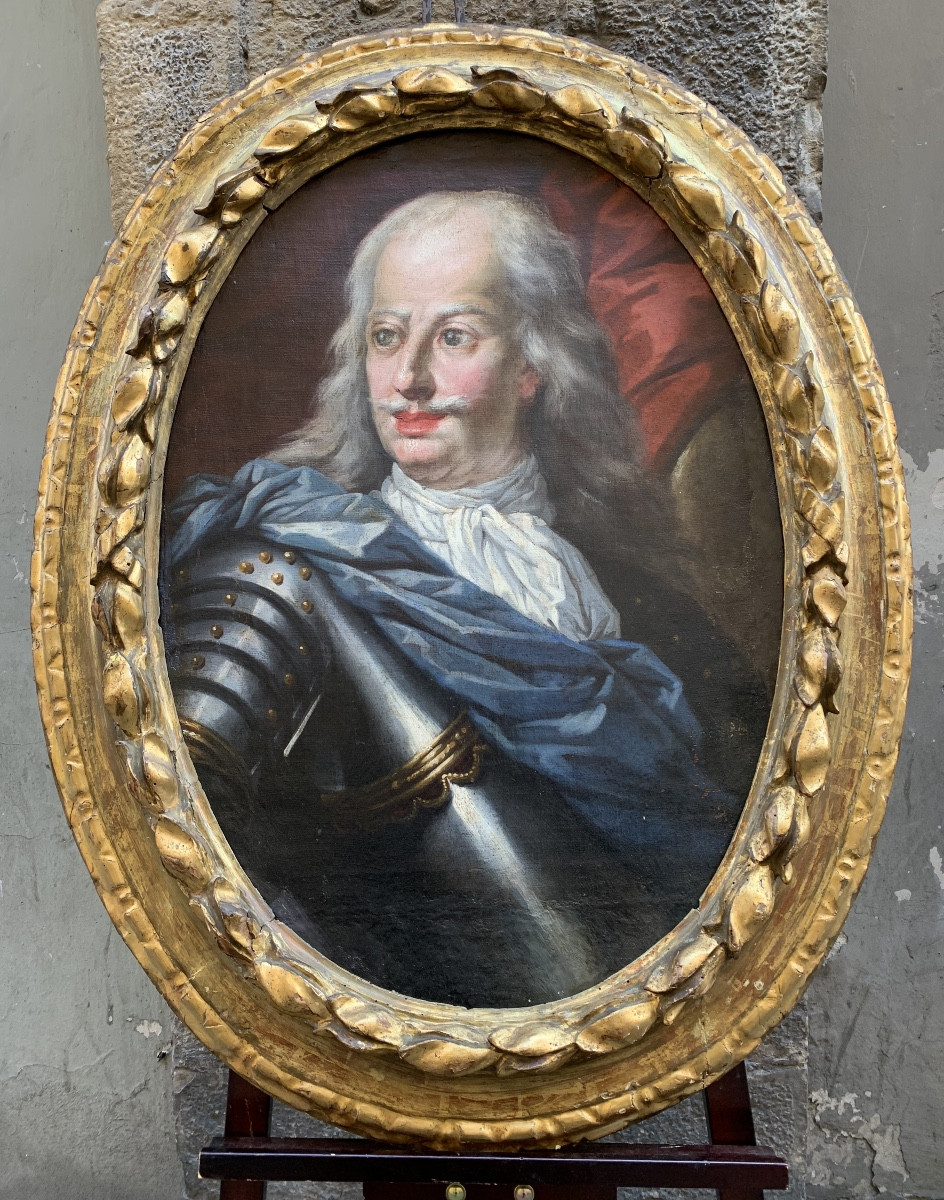
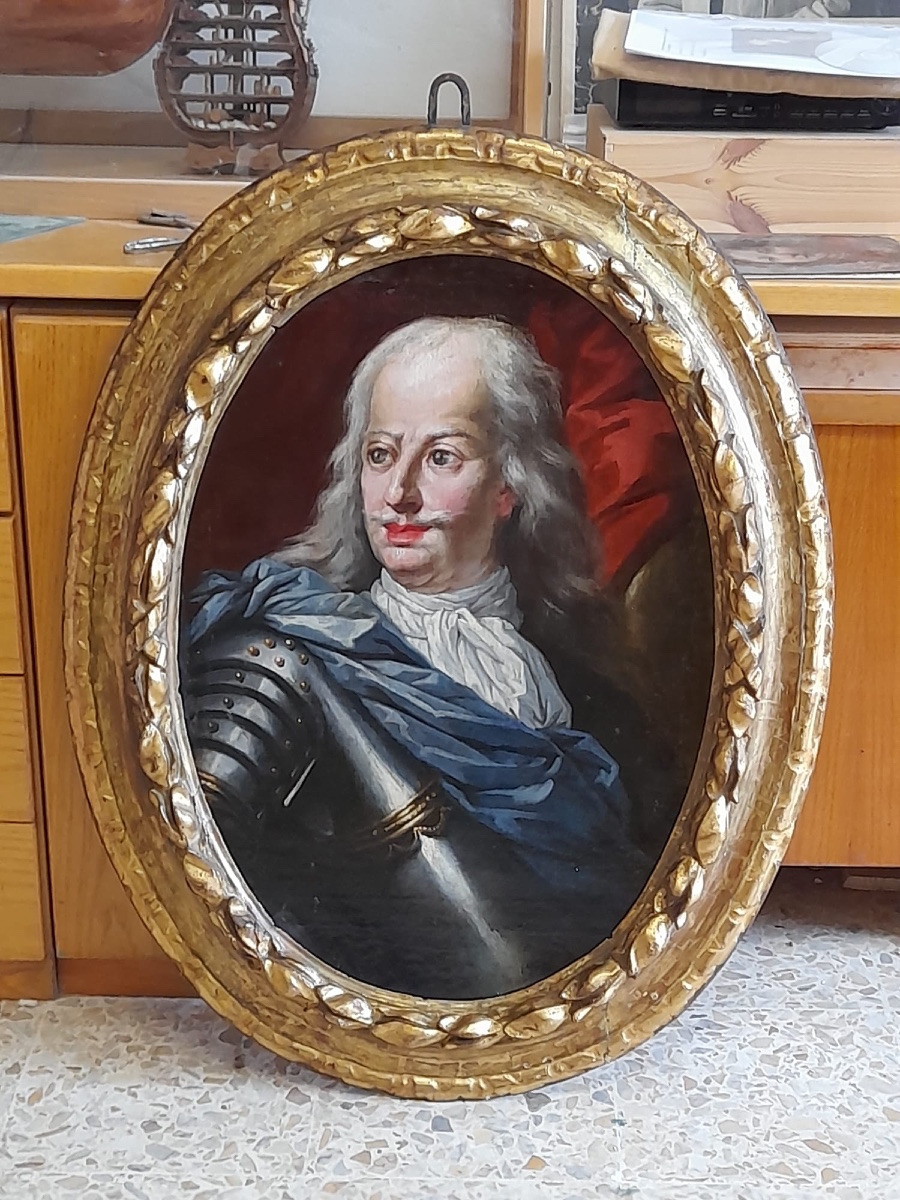
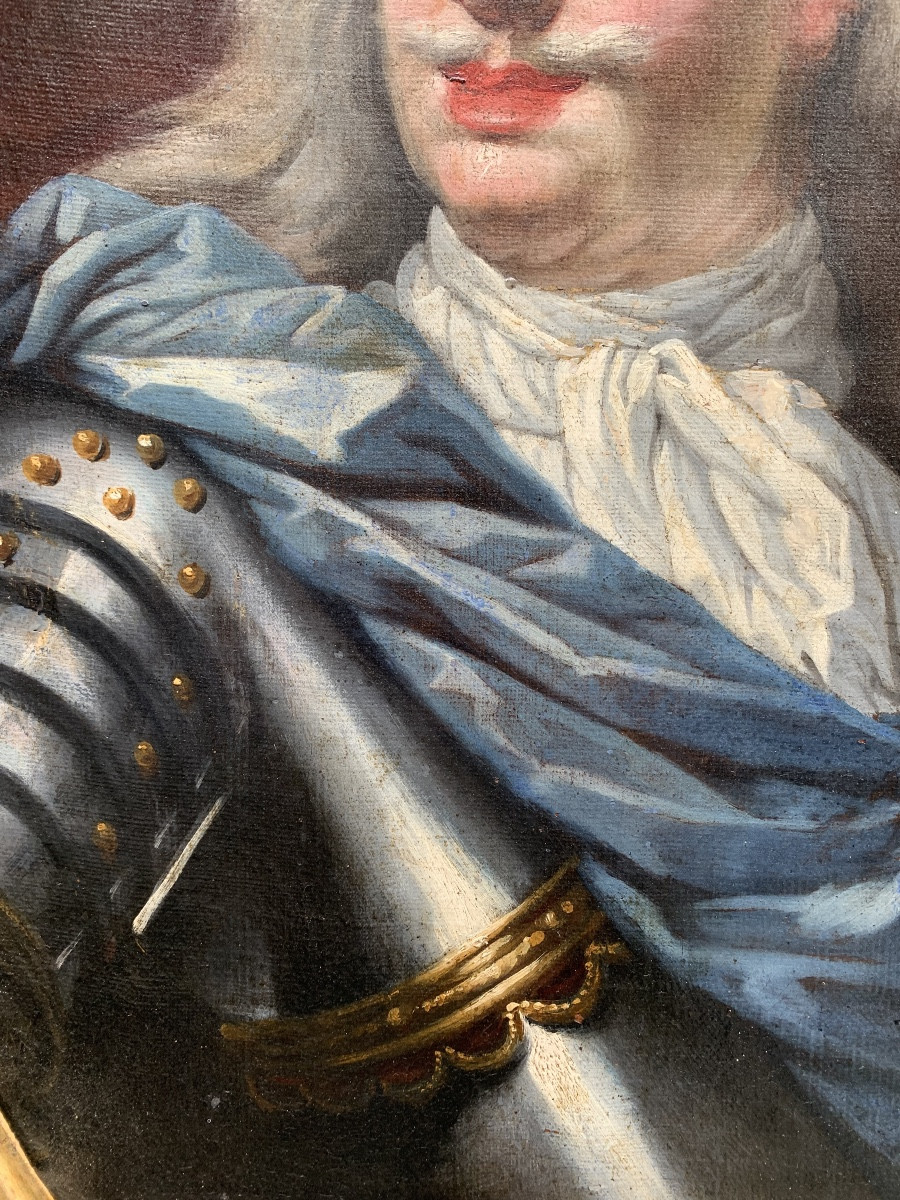
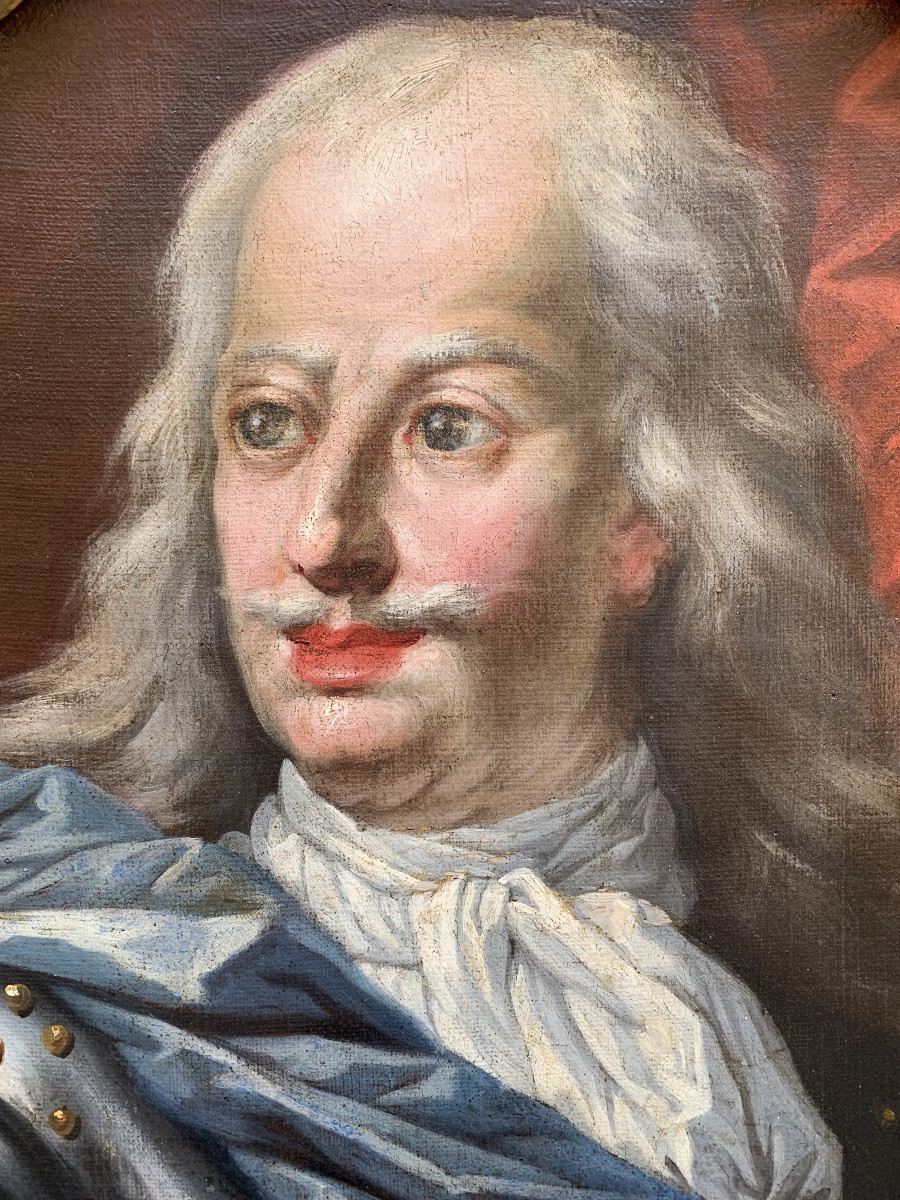
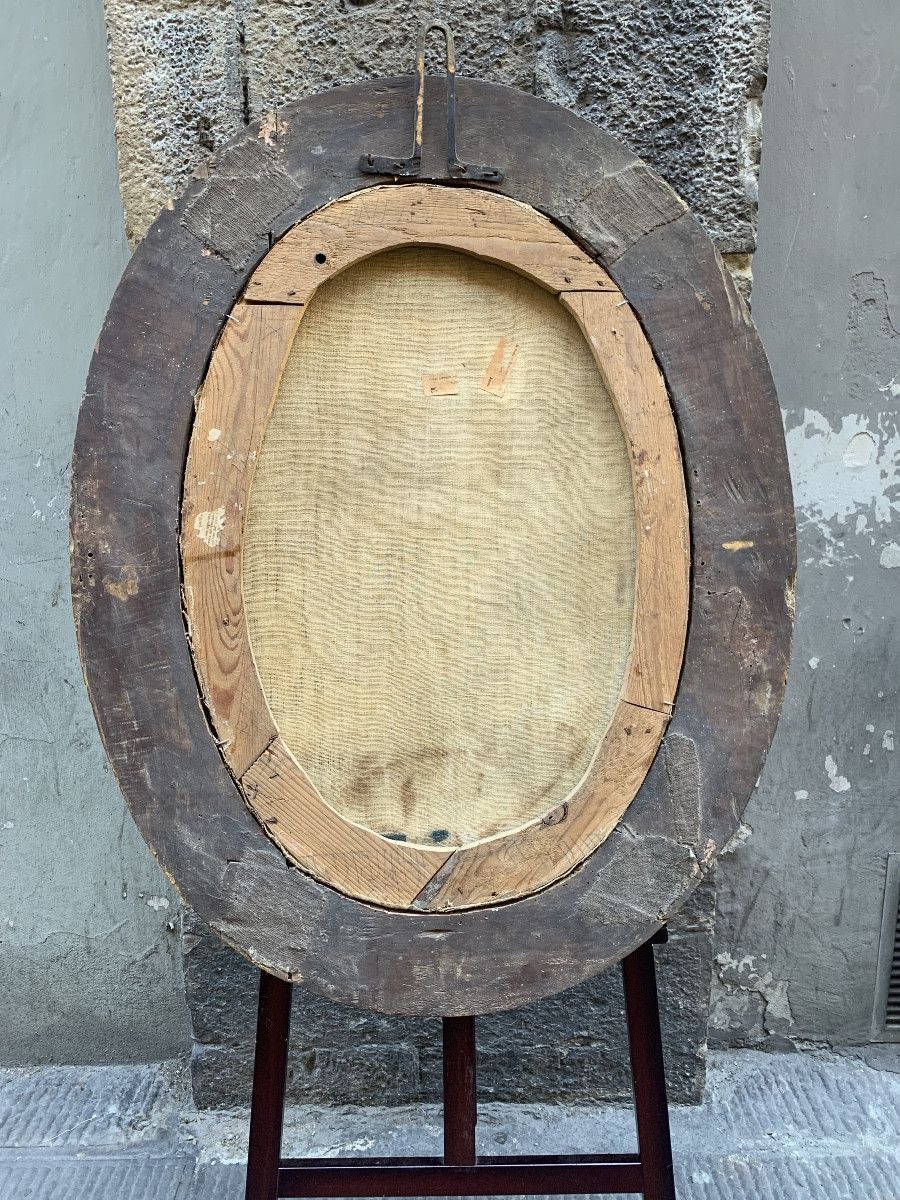
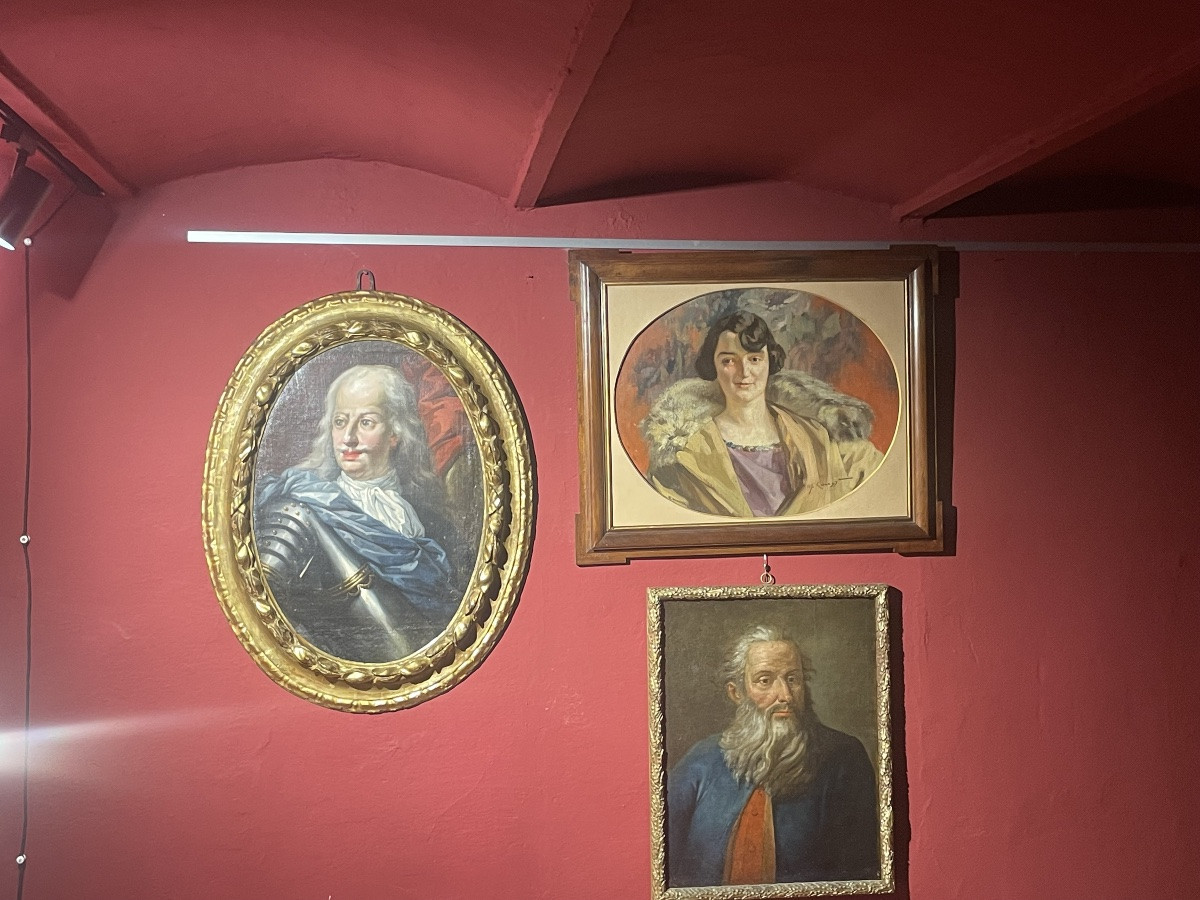
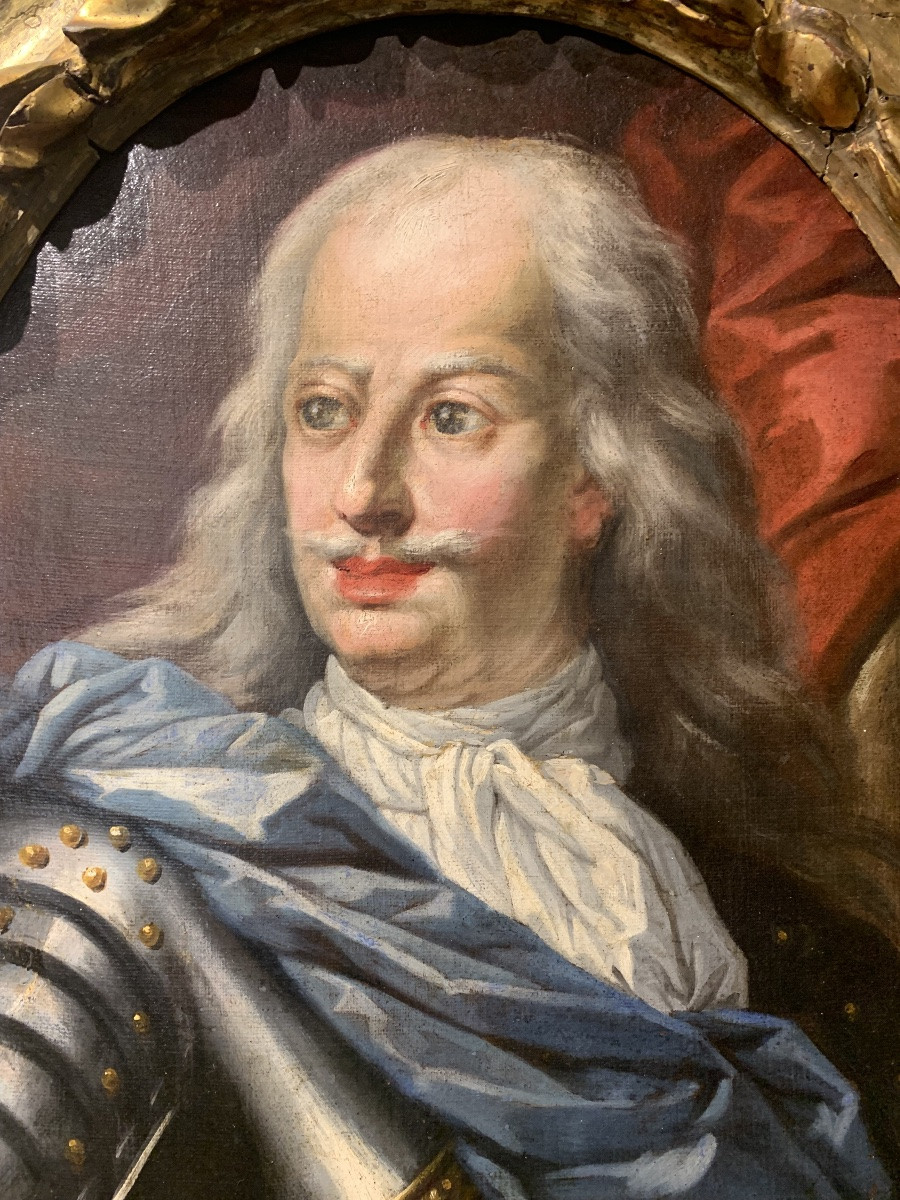
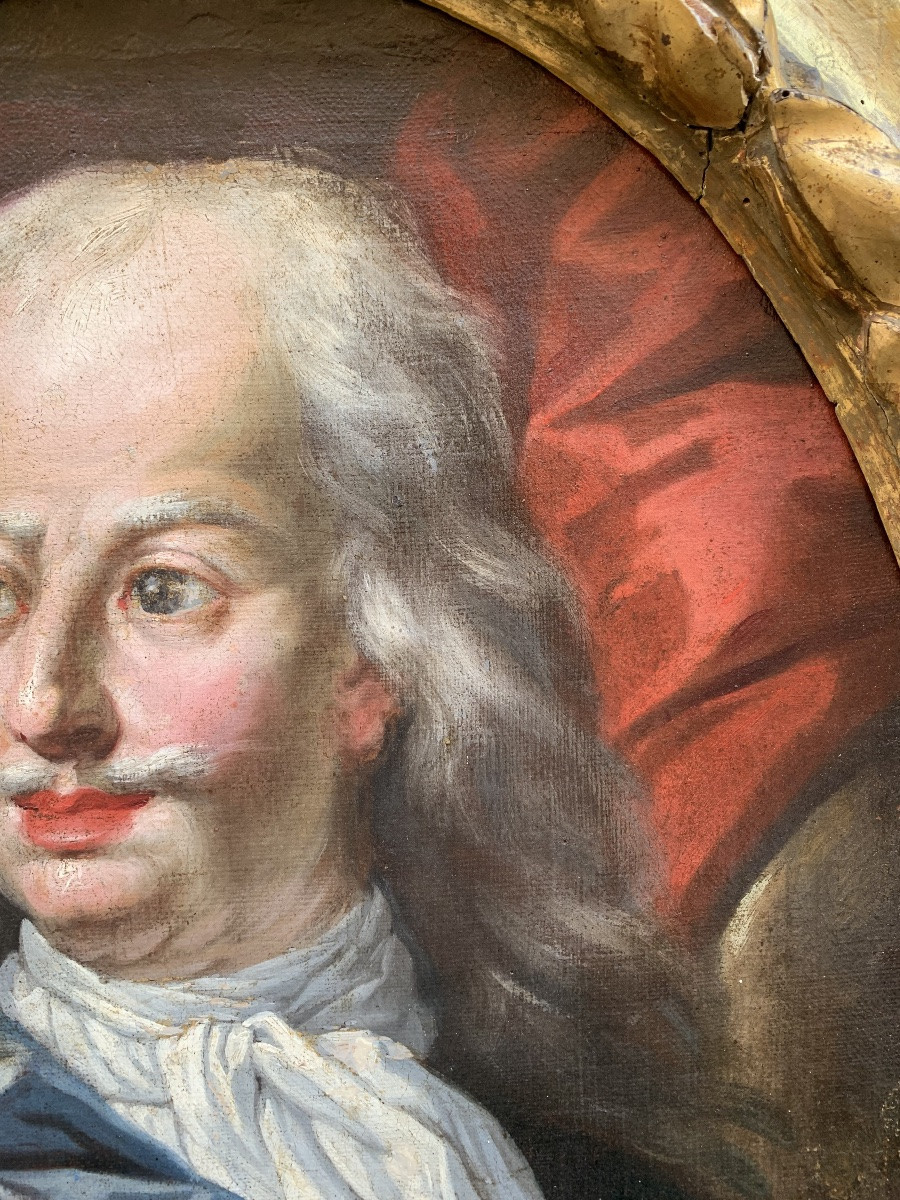
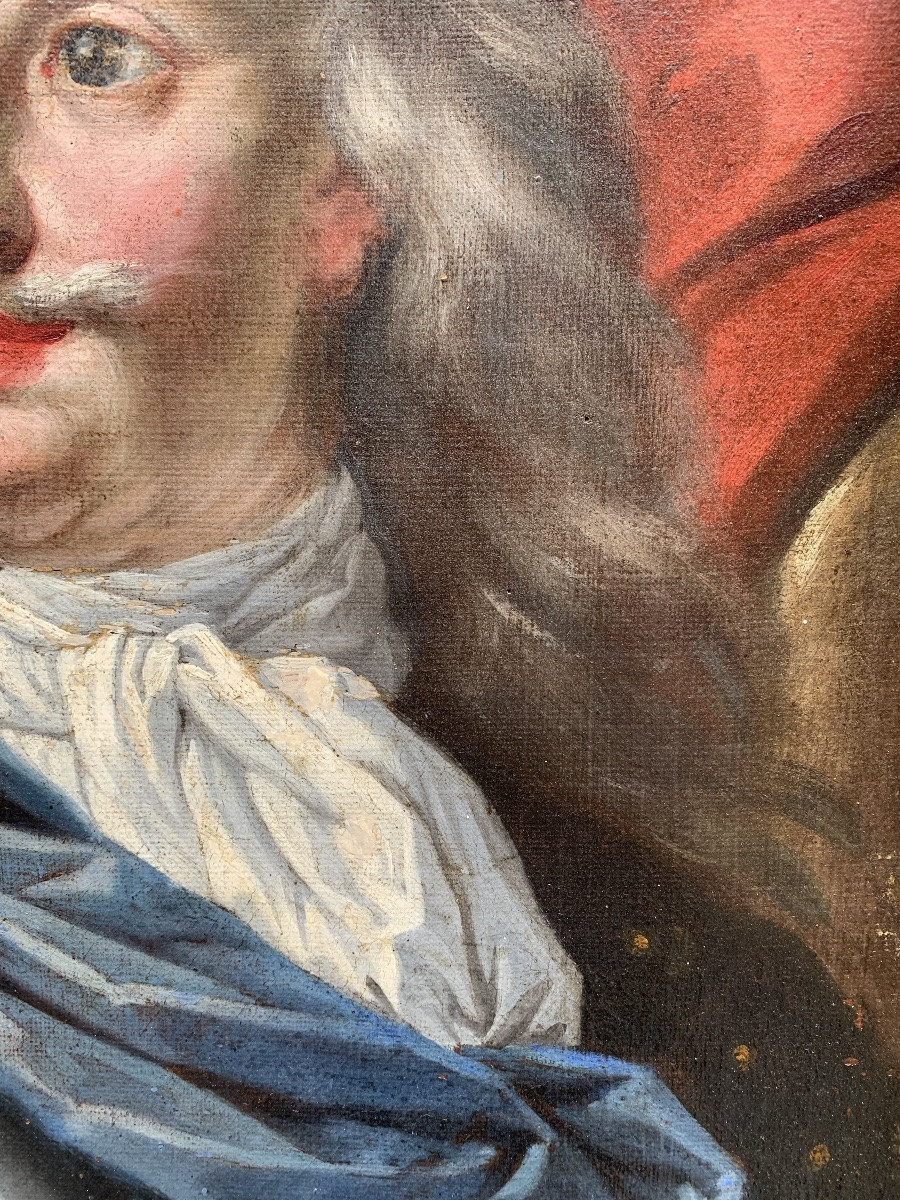
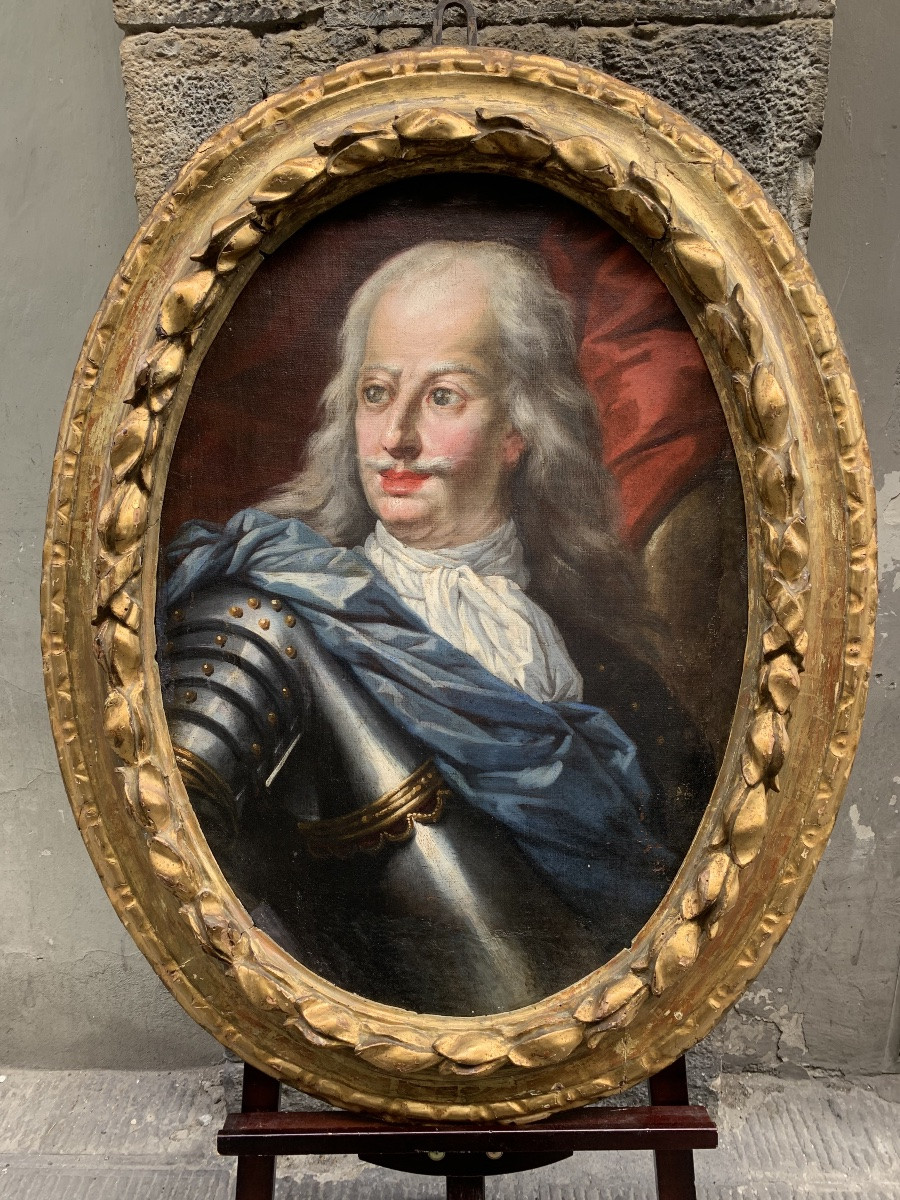
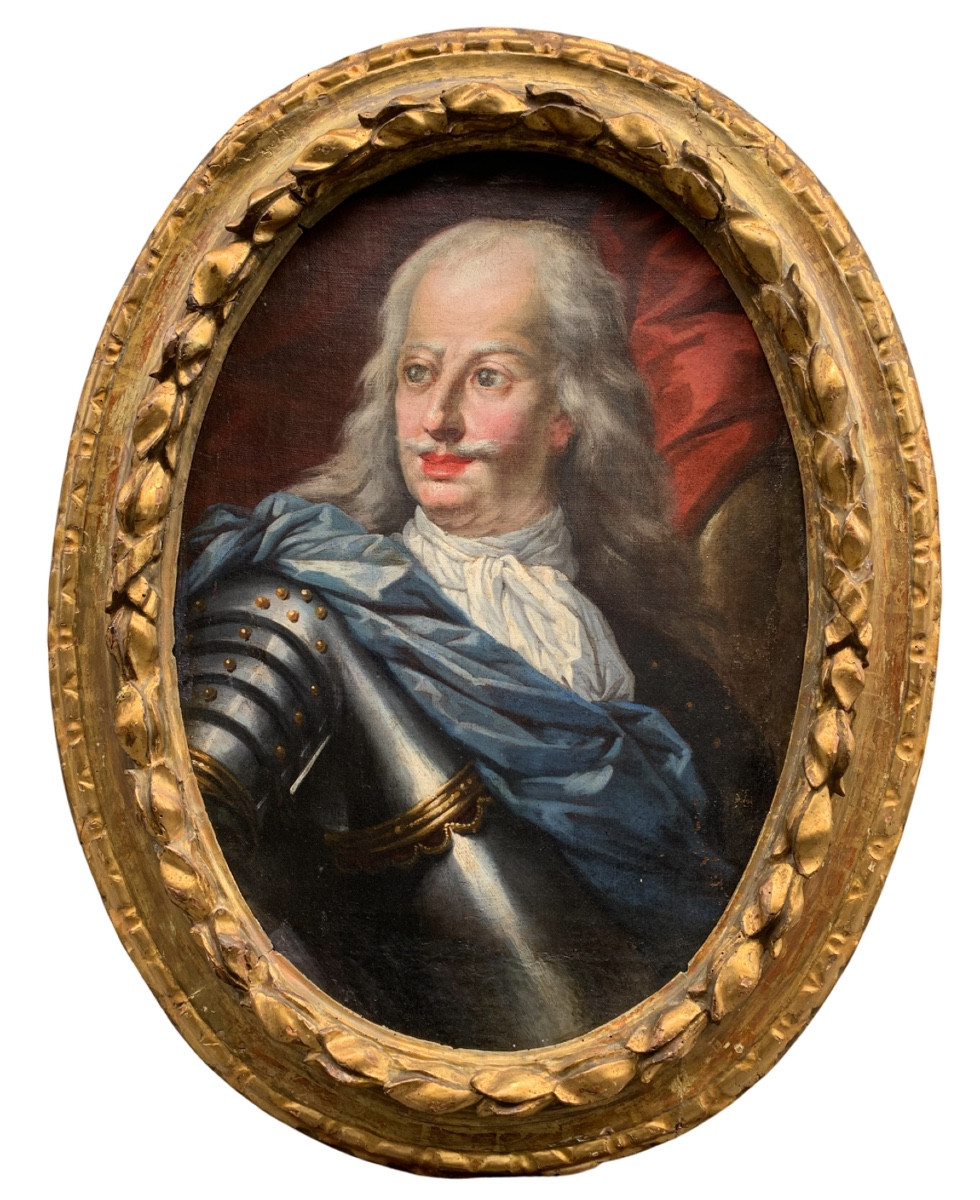
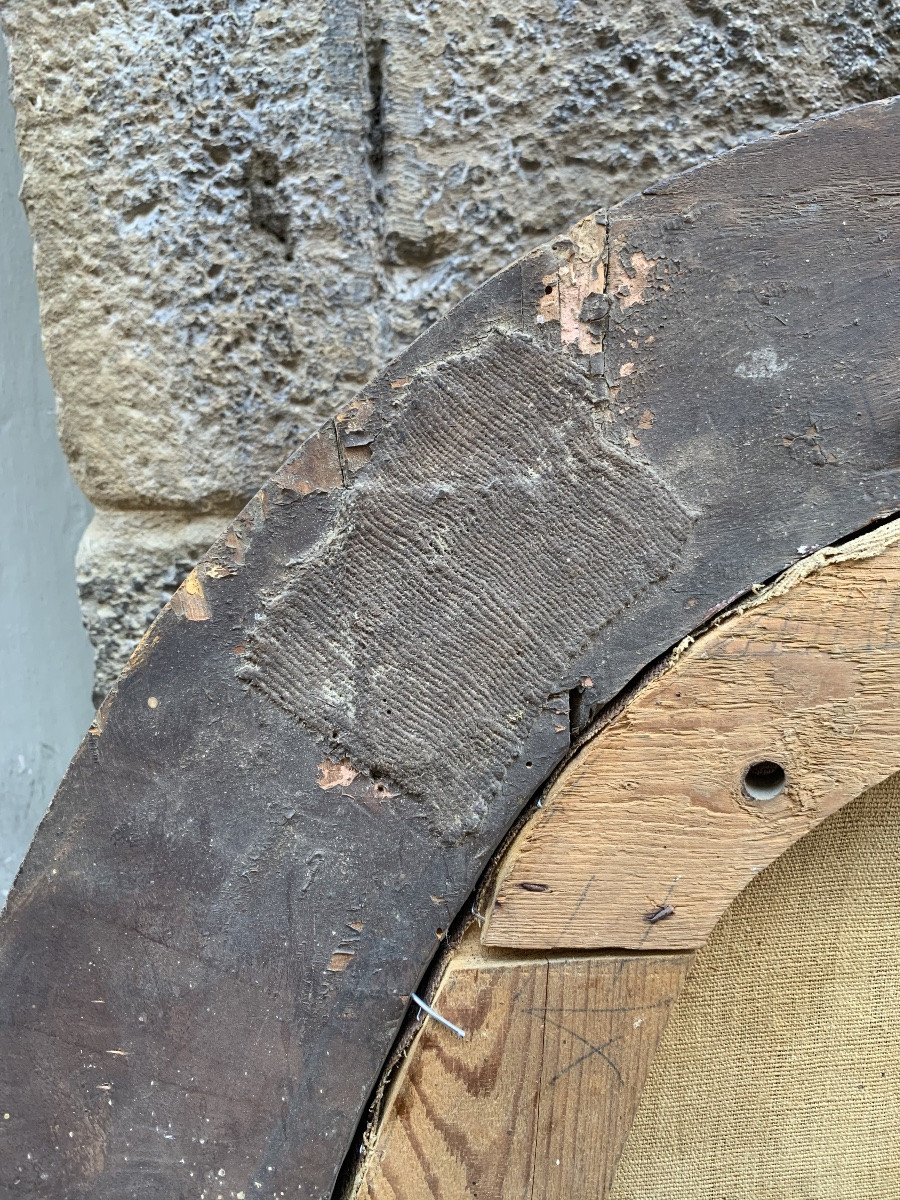













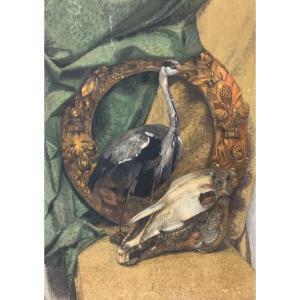
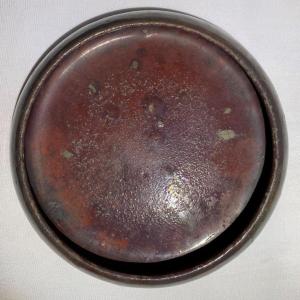

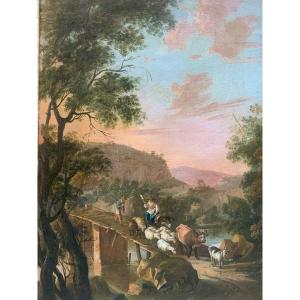
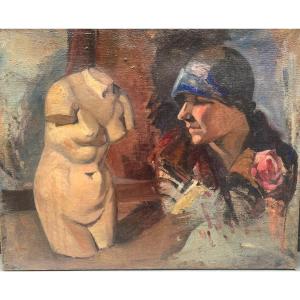
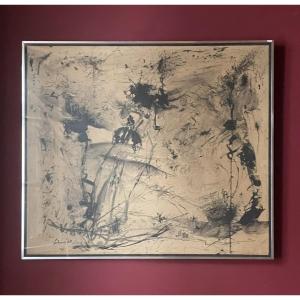





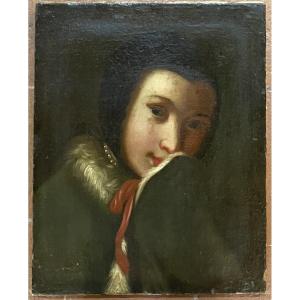


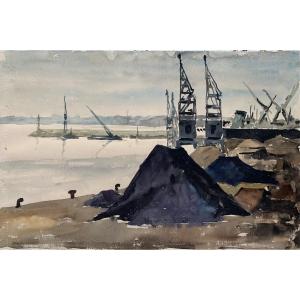
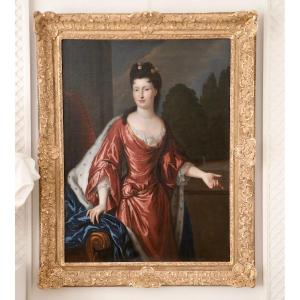
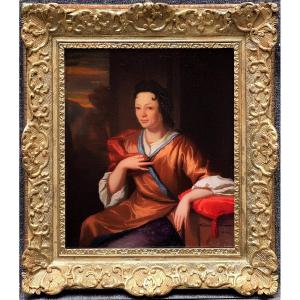






 Le Magazine de PROANTIC
Le Magazine de PROANTIC TRÉSORS Magazine
TRÉSORS Magazine Rivista Artiquariato
Rivista Artiquariato